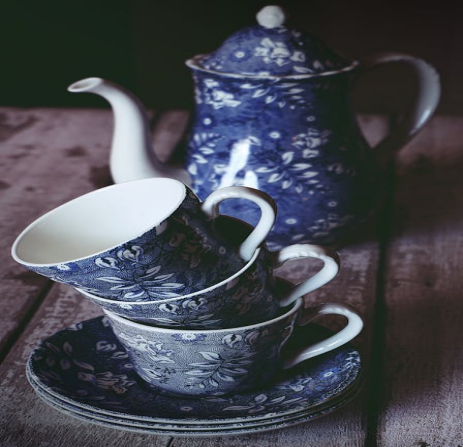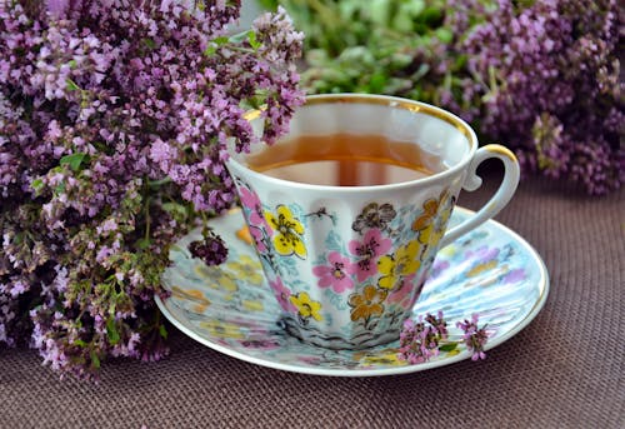Chinese porcelain ,a great invention of China , is not only the crystallization of the wisdom of ancient laboring people, but also an important part of the study of world material and cultural history. Porcelain, with its unique production techniques, rich artistic styles, and profound cultural connotations, has become a treasure of traditional Chinese culture and is renowned worldwide.
Origin and development
The history of Chinese porcelain can be traced back to about 4200 years ago when people discover the earliest primitive celadon , the Fenglongshan Cultural Site, in Town Xia, Shanxi Province. Although the craftsmanship of these celadons is relatively simple, they already possess the basic characteristics of porcelain, marking the beginning of Chinese porcelain production. With the passage of time, the technology of porcelain production continued to improve. Starting from the Eastern Han Dynasty, true porcelain gradually became popular and formed a unique Chinese porcelain culture.
During the Three Kingdoms, Jin, Southern and Northern Dynasties, the ceramic industry rapidly developed in the Jiangnan region, with famous kiln sites such as Yue Kiln, Ou Kiln, and Wu Kiln appearing. The porcelain produced at these kiln sites not only has exquisite craftsmanship, but also unique decorative styles, especially Yue kiln celadon, which became a model for porcelain production at that time due to its clear green color and elegant and dignified shape.

In the Tang Dynasty, the ceramic industry experienced unprecedented development, forming a porcelain industry layout of "southern green and northern white". The Yue kiln celadon from the south and the Xing kiln white porcelain from the north complement each other, jointly promoting the progress of Chinese porcelain production technology. During the Song Dynasty, the level of Chinese porcelain reached a stage of perfection, with the emergence of famous kilns such as Ru kiln, Guan kiln, Ge kiln, Jun kiln, etc. Each kiln formed its own unique style, such as the green jade texture of Ru kiln and the sky blue glaze of Jun kiln, which became a model for porcelain production in later generations.
During the Yuan Dynasty, Jingde Town became the center of porcelain production in the country, and the emergence of blue and white porcelain and underglaze red brought Chinese porcelain into a new era in decorative arts. In the Ming Dynasty, ceramic manufacturing industry of Jingde Town reached its peak, especially blue and white porcelain, which became a representative of Chinese porcelain with its exquisite patterns and unique artistic style. In the Qing Dynasty, porcelain production was still centered around Jingde Town. During the Kangxi, Yongzheng, and Qianlong dynasties, many exquisite porcelain works appeared, such as enamel and pink, which became classic works in the history of Chinese porcelain.
Craftsmanship
The production process of Chinese porcelain is very complex, requiring multiple steps and high-temperature firing. Among them, the processes of pulling, shaping, and digging are the basic steps in making round tools. Pulling clay is the process of placing clay on a pulley and using the rotational force of the pulley to pull the clay into the desired shape with both hands.Polishing is a process of using a knife to adjust the surface of a semi-finished billet to make it smooth, uniform in thickness, and even. Digging feet is to dig the mud target left at the bottom of the tool into a bottom foot.
In addition to the basic production processes, Chinese porcelain also uses various decorative techniques such as printing, carving, engraving, picking, and pasting. These techniques not only enrich the decorative style of porcelain, but also enhance its artistic value. In addition, Chinese porcelain also pays attention to the use of glaze color, and both monochrome glazed porcelain and painted porcelain exhibit different aesthetic styles and values.

Cultural connotation and collection value
Chinese porcelain not only has exquisite craftsmanship and unique decorative styles, but also carries rich historical information and cultural connotations. By studying and collecting porcelain, one can understand the social, economic, political, and cultural backgrounds of different periods, reflecting the changes and evolution of Chinese history. Therefore, porcelain has become an important cultural relic for historical research, helping people better understand and explore past eras.
At the same time, Chinese porcelain also has extremely high collection value. As a masterpiece of traditional Chinese art, porcelain has become a popular choice for collectors and cultural enthusiasts due to its rarity and preciousness. Whether from the perspective of artistic appreciation or historical culture, porcelain is a precious cultural relic that deserves to be inherited, appreciated, and collected by people.
In modern society, Chinese porcelain still maintains its unique charm and value. With the increasing emphasis on traditional culture and the prosperity of the art market, the collection and investment value of Chinese porcelain continues to rise. Many rare ancient porcelain pieces have attracted high attention and competition in the auction market, becoming precious collectibles and investment items.
Chinese porcelain culture is an important component of traditional Chinese culture. With its exquisite craftsmanship, rich artistic style, and profound cultural connotations, it has become a treasure in the world cultural heritage. In the future development, we should continue to inherit and carry forward this excellent tradition, so that Chinese porcelain culture can shine even more brilliantly on the world stage.



